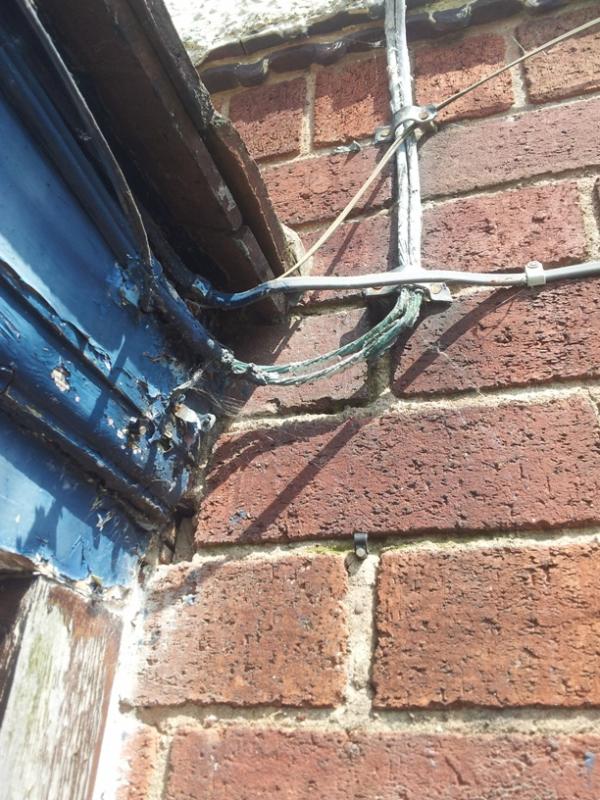Which is all accomplished via good circuit design.I wouldn't say 'limited to' PME. Even without PME, the other considerations, particularly for long runs, are the adequacy of the 'CPC' CSA for (a) achieving an acceptable Zs and/or (b) serving as a PMB conductor if there are extraneous-c-ps to be bonded in the outhouse.
But the unreliability you describe would be true of every connection in an installation, and if we started limiting ourselves to designing circuits with the least number of terminations then we would have houses on single ring mains with a double socket in every room, one lighting circuit, and cooker/shower circuit.I wouldn't have been surprised if the regs did insist on a single MET (although I've yet to find evidence that such is the case!).
As it is, we are encouraged to split our installation into more, shorter circuits which contain an increasing number of outlet points, terminations and switchgear components. If the screw terminal was that unreliable as to require regulation of the type you're searching for in BS 7671, then we are surely limiting inconvenience at the expense of the safety of our installations.



